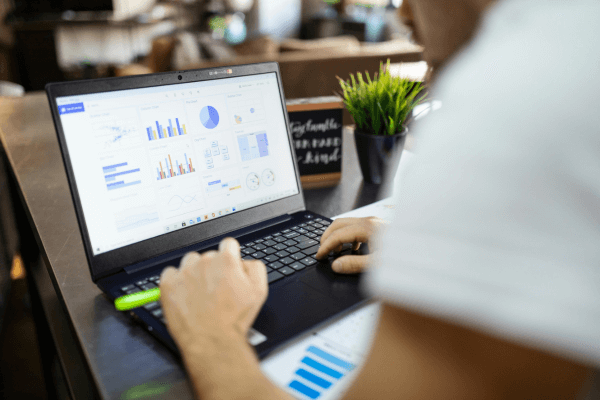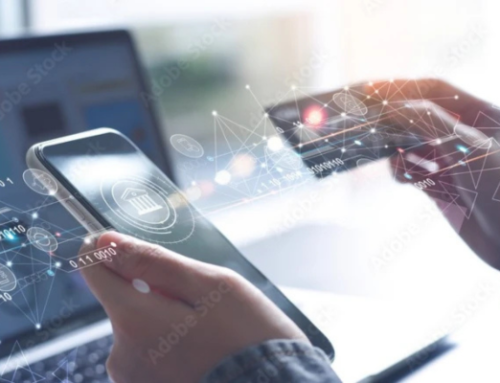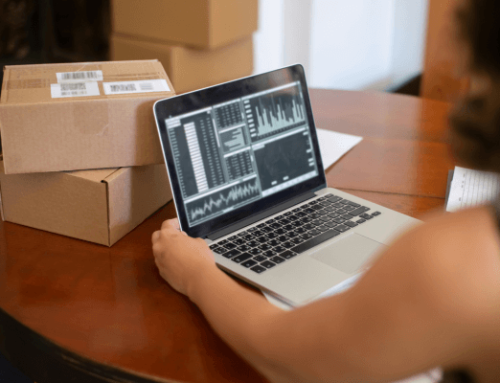
In the age of the digital economy, there is no time for mistakes, otherwise businesses will lose their market and competitiveness.
Fortunately, the technological advances of the last decade and those that are currently taking the first steps in their practical application, allow companies to make the most of their experience:
- reduce waste
- reduce friction in their relationship with customers
- increase their efficiency, leading to higher turnover
What technological advances are putting companies on the road to automating their processes and what advantages these can bring to their businesses are the themes of the following lines.
Come and find out how to prepare your business for the challenges of the 21st century!
How to increase efficiency with technology: the latest trends in commercial automation
Among the major commercial automation trends of the moment, these five technologies are the most prominent:
Mobile and Digital Payments
The consumption habits have changed and brought with them new demands in terms of online payments e physical payments (face-to-face).
As is happening in other areas, the consumer experience in online shopping has inspired a number of technological developments aimed at offering traditional retailers solutions that allow them to offer less friction at the point of sale. payment checkout and a more satisfying buying journey for your customers.
This is particularly important in so-called mobile commerce, i.e. shopping via mobile devices such as smartphones or tablets.
For example, in REDUNIQ, the retailers with more traditional businesses have found a truly revolutionary technological innovation that combines the best of digital technology with mobility: POS REDUNIQ Soft.
In practice, this payment solution consists of a mobile application that the business can install on its smartphone or tablet and which allows it to start receiving card payments, by contactless, Google Pay, Apple Pay or MB WAY (by QR Codemobile phone number or NFC), immediately, without the customer having to go to the shop.
Thus, with this payment technology, retailers can reach their customers regardless of the time or place they are in, guaranteeing them a more satisfying, agile and personalised shopping experience.
AI (Artificial Intelligence)
AI isn't just about the famous ChatGPT.
Among its thousands of uses, AI, when applied to commerce, allows retailers to automate processes of customer service, a analysing the data more detailed, leading to greater personalisation of the offer and better sales forecasting, among other applications.
Big Data
An e-commerce business with a large customer network has to deal with a huge amount of data on a daily basis which, when handled well, can represent a major competitive advantage.
This is the job of Big Data software and specialists: to analyse the data, separate it into categories of information and, from there, generate insights that can be an asset in predicting customer behaviour and identifying market trends.
Internet of Things (IoT)
The case of Amazon is paradigmatic of the application of the Internet of Things to business operations and the reduction of logistics costs.
By introducing this technology for companies in its warehouses, Amazon is ensuring that the entire stock management and parcel preparation involves, among other things, Internet-connected robots and drones that operate on the basis of applications to track, localise, classify and even move products.
In a more generalised context, IoT can be used by other commercial agents to, for example, automate payments, track inventories or monitor customers.
Cloud Computing
Paper is a thing of the past.
By making it possible to store and access information in the Cloud, this technology not only gives retailers easier access to the information they need, but also promotes an increase in the operational efficiency of the business and helps them to reduce IT (Information Technology) infrastructure costs, since there is no longer any need to install a physical local server.


